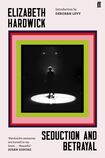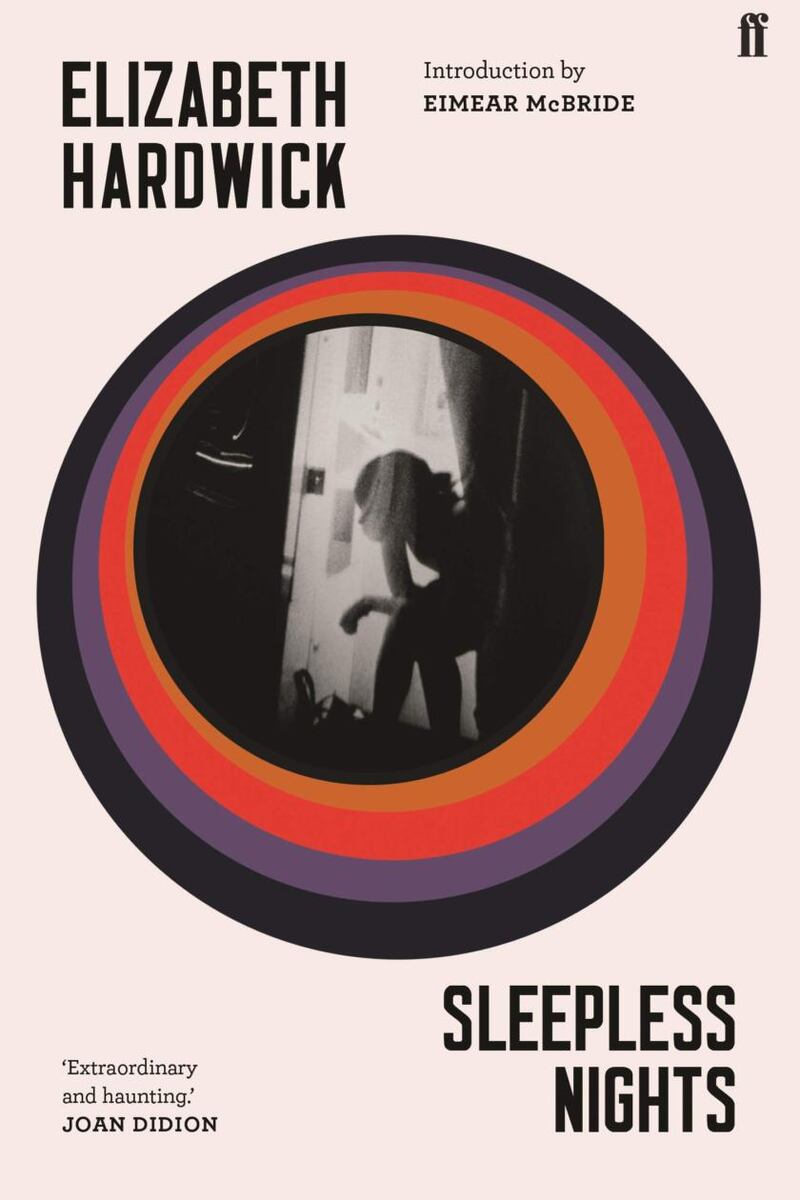
Most writers have a dominant mode, the form where their talents fly highest. For a writer who works as a critic, the temptation when they dismiss a book is to ask: well, could you do any better? It’s a false syllogism, as Samuel Johnson noted: “You may scold a carpenter who has made you a bad table, though you cannot make a table. It is not your trade to make tables.” American novelist, essayist and biographer Elizabeth Hardwick (1916-2007), in these two long-overdue re-issues, tests the theory.
Seduction and Betrayal: Women and Literature was first published in 1974 and contains essays from the New York Review of Books on female writers and fictional characters. It opens with the Brontës, not just the sisters but Branwell too, that “pestilence” of the family who still draws too much attention. (When Winifred Gérin wrote her biographies, Branwell’s came second, before the greatest geniuses of the family, Emily and Charlotte.)
Hardwick reminds us that the Brontë sisters wrote not out of romantic high-mindedness but from a “practical, industrious, ambitious cast of mind”. She is particularly interested in the “brilliant, troubling force” of the much-misunderstood Wuthering Heights, by which even Charlotte was perplexed.
After Emily’s death she wrote: “Whether it is right or advisable to create beings like Heathcliff, I do not know: I scarcely think it is.” If she had lived to see Cliff Richard’s portrayal in his 1996 musical Heathcliff, all doubt might have fled.
The most mouth-watering section is three essays grouped as Victims and Victors, concerning Zelda Fitzgerald, Sylvia Plath and Virginia Woolf. Fitzgerald is presented not as the Branwell Brontë of the jazz age but a tragic figure of thwarted intent. She was diagnosed with schizophrenia, and through periods of disorientation and depression she fought to be well and to create, writing a novel with a terrible title (Save Me the Waltz) and a play with a great one (Scandalabra).
It’s unfortunate that her fame now rests with her marriage to F Scott Fitzgerald, which Hardwick identifies as the root of her loss at life: in the two, “defects were multiplied” and “their compatibility was a disaster. Each needed just what the other lacked.” Zelda survived Scott but died in a fire at the hospital where she spent her last decade.
Hardwick’s writing seems to draw strength from its subjects. Writing less than a decade after Sylvia Plath’s death, the essay on her life, death and poetry is a highlight of the collection: sympathetic, considered and astringent, it has, like Plath’s poems, an impact on the reader “like a smash of a fist”.
Plath brought “a sense of combat and brute force new in women writers”. Hardwick has less fascination for the Bloomsbury group: “to see the word ‘Ottoline’ on a page gives me a sense of continual defeat”. Unlike the Brontës or Plath, the Bloomsburyites had a social leg-up which eased their entry into literary history. Even on Woolf herself, Hardwick offers faint praise: “There is no novelist whose surfaces are as beautiful as Virginia Woolf’s.”
She’s fascinating too on Dorothy Wordsworth, sister of William – she “lived his life to the full”, subsuming her own interests to his – and Jane Carlyle, wife of Thomas. Surprisingly, in appraising Dorothy’s diaries and Jane’s letters as secondary work, Hardwick seems to attribute this to innate limitations in their capability, rather than to the social structure in which they lived.
Sleepless Nights reads like a blend of autofiction, memoir and prose poetry
“All chorus and no plot” is Hardwick’s assessment of Virginia Woolf’s fiction, which might seem like a bit of a cheek when you read her own novel, Sleepless Nights, first published in 1979. Or is it a novel? It reads like a blend of autofiction, memoir and prose poetry. She sets out her stall right from the start, in a dreamy, declarative style reminiscent of James Salter.

“It is June. This is what I have decided to do with my life. I will do this work of transformed and even distorted memory and lead this life, the one I am leading today.”
Her memory drives itself on details, on colours and textures (“Pastels blue as a sea and green as the land . . . luminous, aristocratic, tropical faces”), and the associative quality of memory means that multiple timelines stack up together to be riffled through.
The result is a dense work that needs to be savoured. So compact is the model that in one short passage, where a flatmate is introduced on one page and killed by a car accident (“an ecstatic terrorism”) on the next, we feel the grief of the lifelong bereaved.
Each chapter is like a novel in itself, an imperfect miniature, built with sentences you could live in and explore for years. In the end what Sleepless Nights proves is that, from critic to novelist, Hardwick can indeed stand toe to toe with the great 20th century modernists. It’s a relief to have her back.

